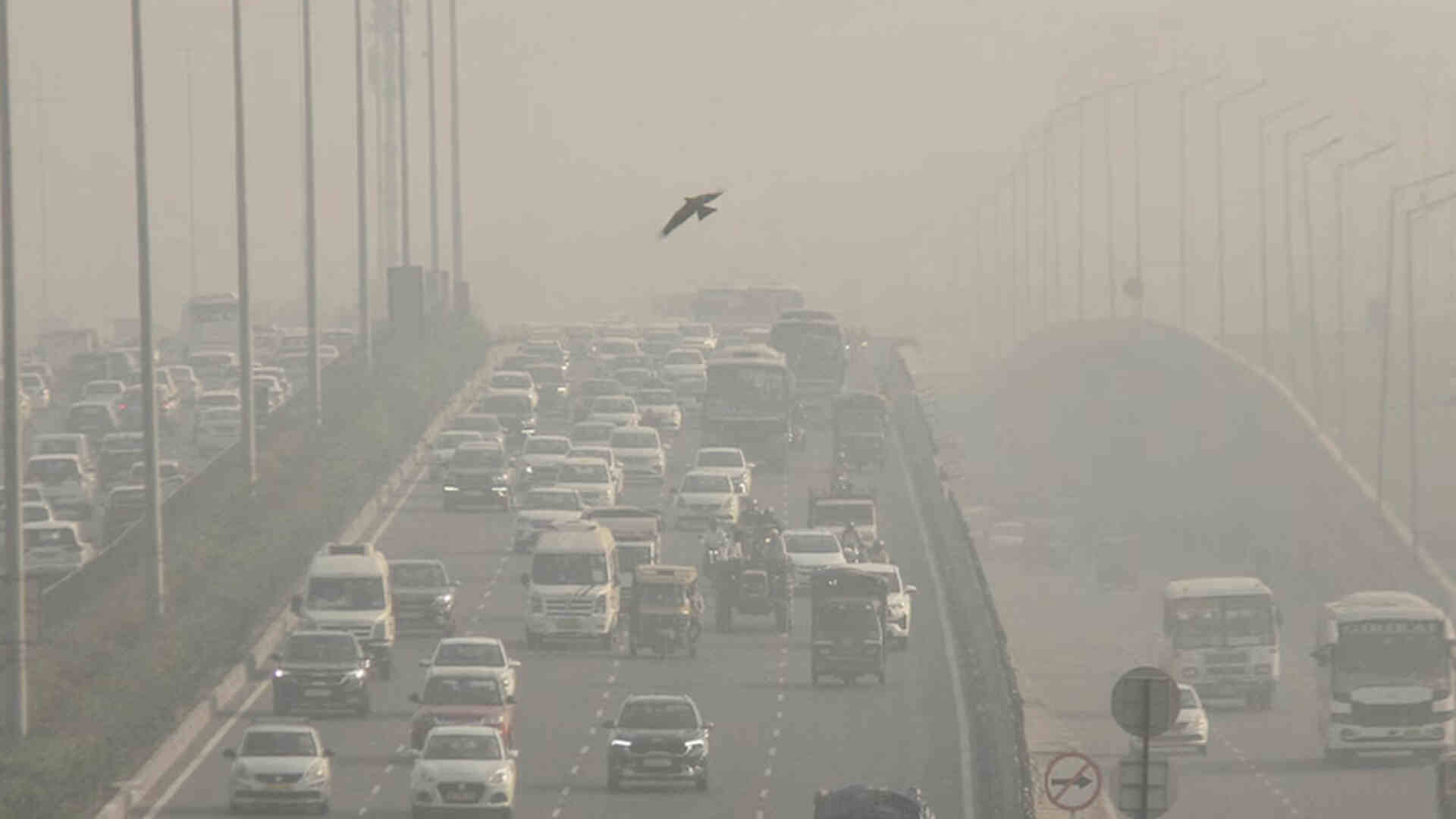Emphasising the inefficacy of smog towers in addressing pollution in Delhi, the Delhi Pollution Control Committee (DPCC) recently informed the National Green Tribunal (NGT) that the already erected smog towers could be repurposed to disseminate technical information about air pollution control.
The DPCC underscored that the smog towers were part of an experiment, and the results were discouraging, making it unreasonable to allocate significant public funds. The committee reiterated that both towers were experimental, and the outcomes did not justify the substantial expenditure from public funds.
In its affidavit, the DPCC stated that considering a favorable 17% reduction within a 100-meter radius, Delhi would require over 40,000 such towers to cover its geographical expanse. The DPCC highlighted the impracticality of deploying these towers as a viable solution for the city.
Therefore, according to the DPCC, the already-erected smog towers could serve as a platform for disseminating technical information about air pollution control in the form of a museum.
The DPCC, based on its assessment using real-time ambient air quality stations near the two installed smog towers in Delhi (Anand Vihar and Connaught Place) and IIT Bombay›s study, concluded that smog towers have not proven effective in reducing air pollution. The committee found that the efficacy of the smog tower had no discernible impact on air quality.
The DPCC conveyed its stance on the ineffectiveness of smog towers to the government of the NCT of Delhi, but as of now, no concrete decision has been made on the matter.
In a recent hearing on the air pollution crisis in the national capital, the Supreme Court directed the reactivation of the smog towers in Delhi. Subsequently, the DPCC operationalized the smog towers in compliance with the court›s directive.















